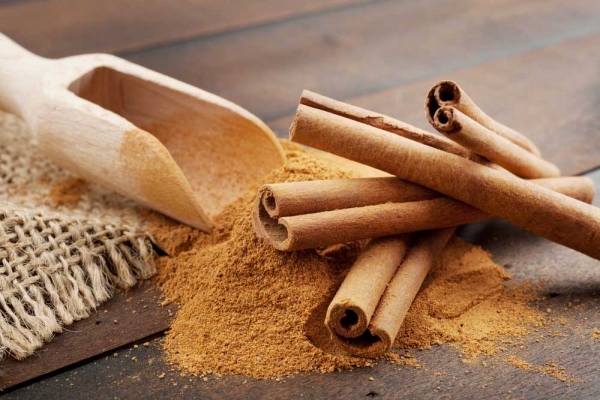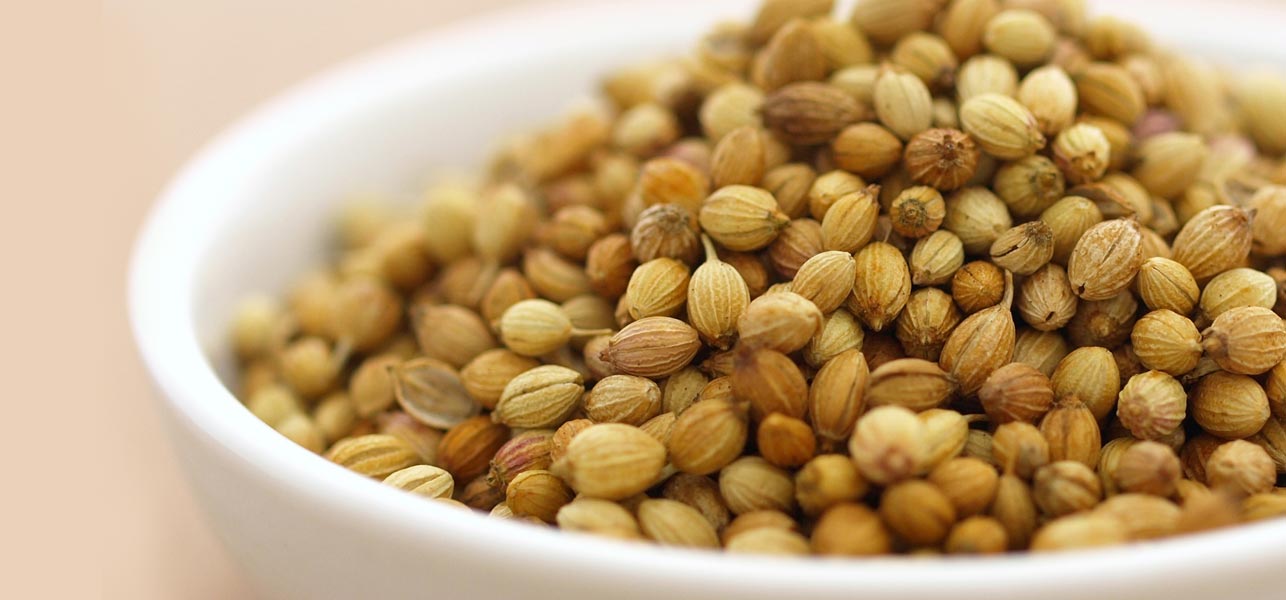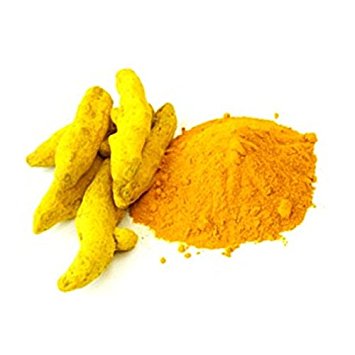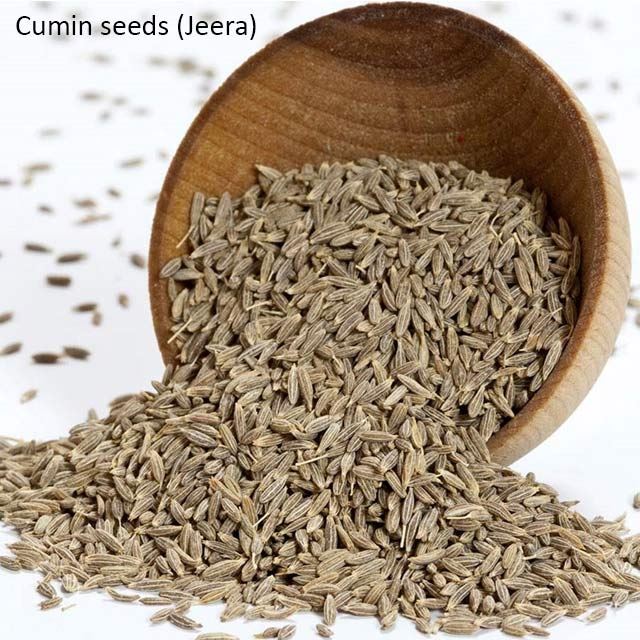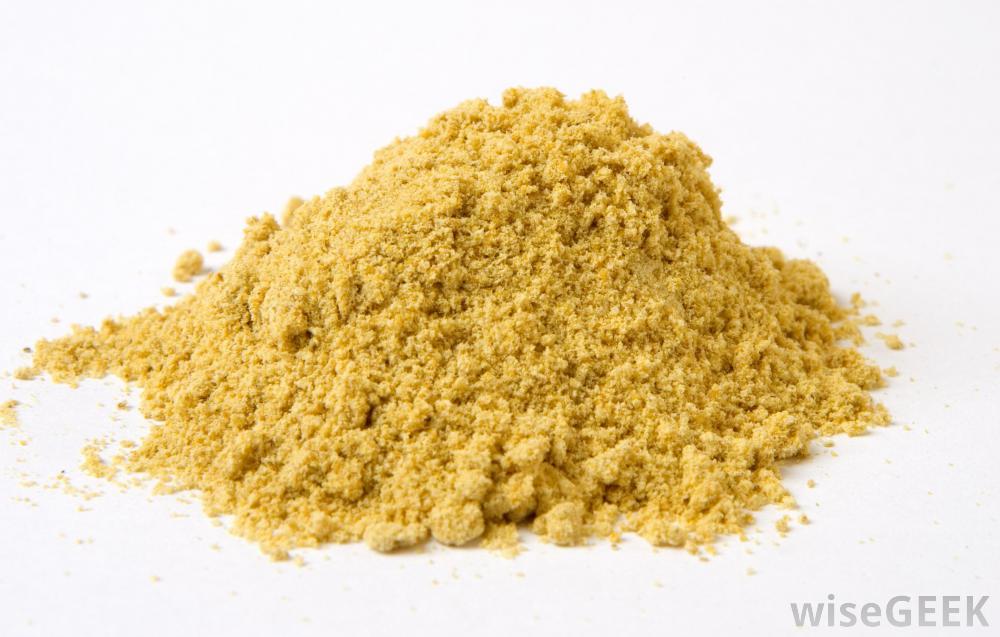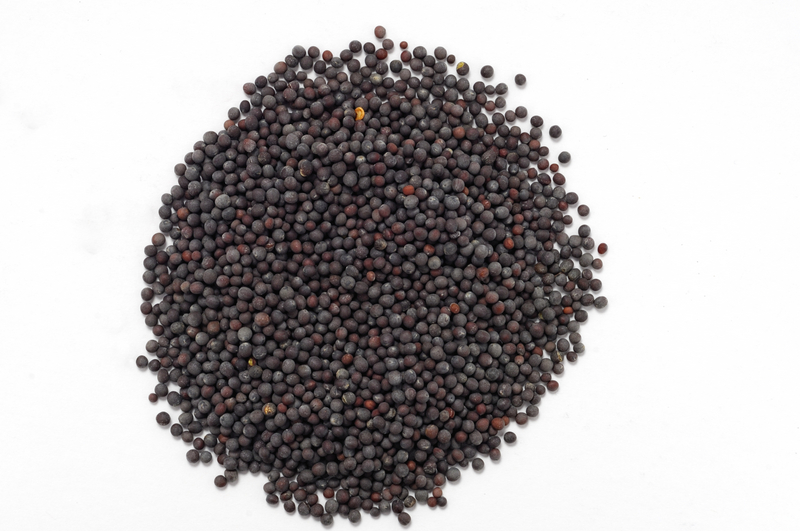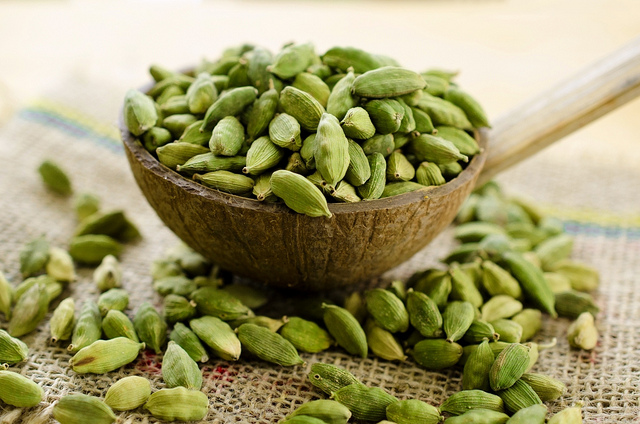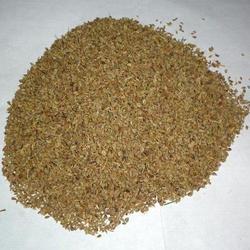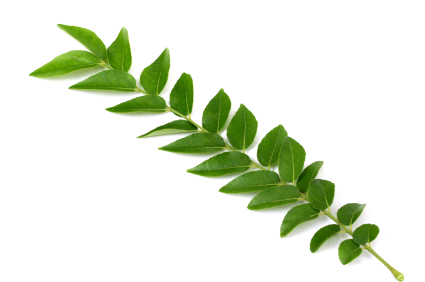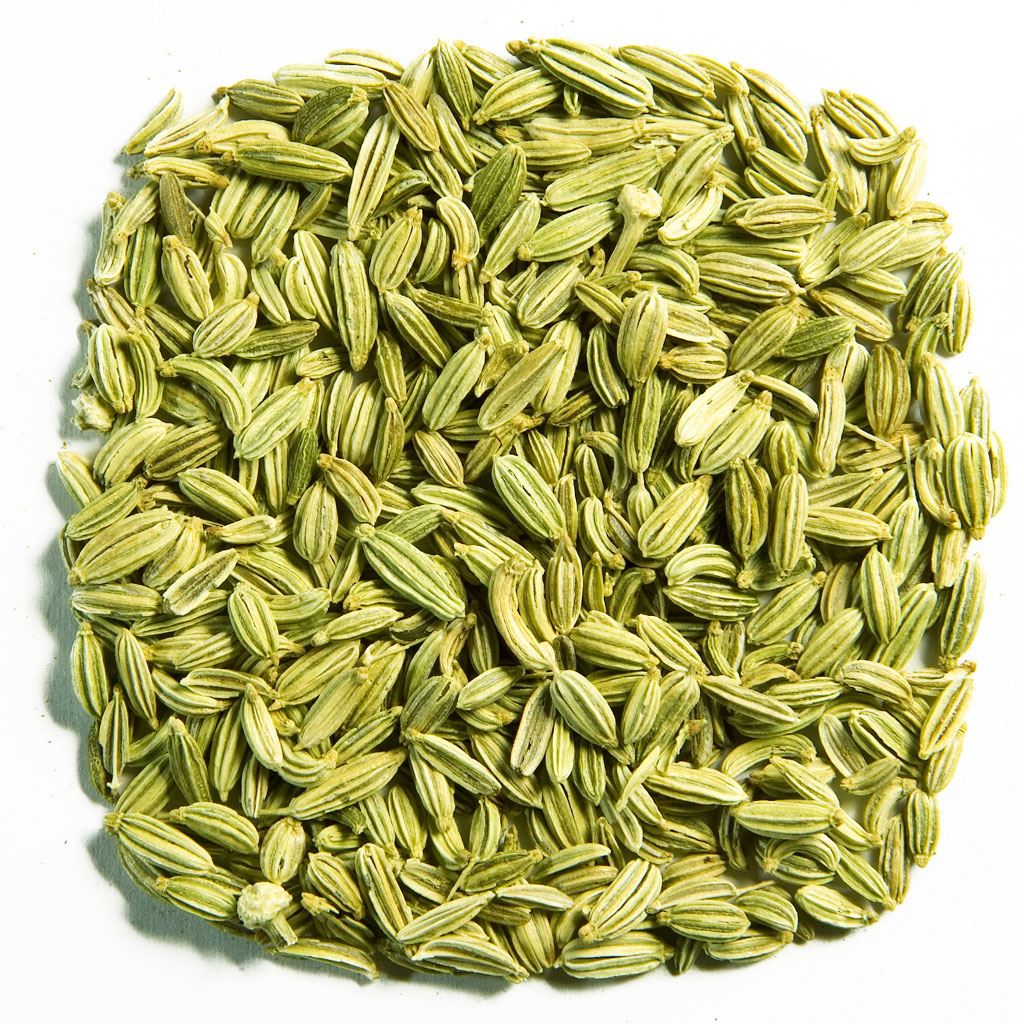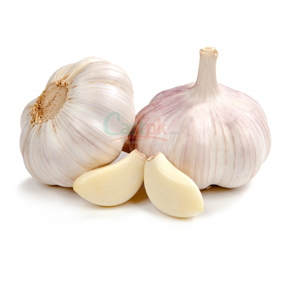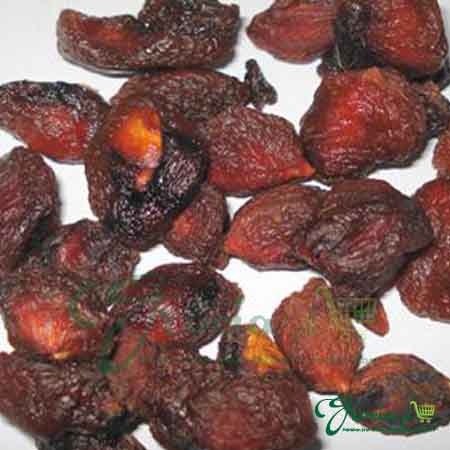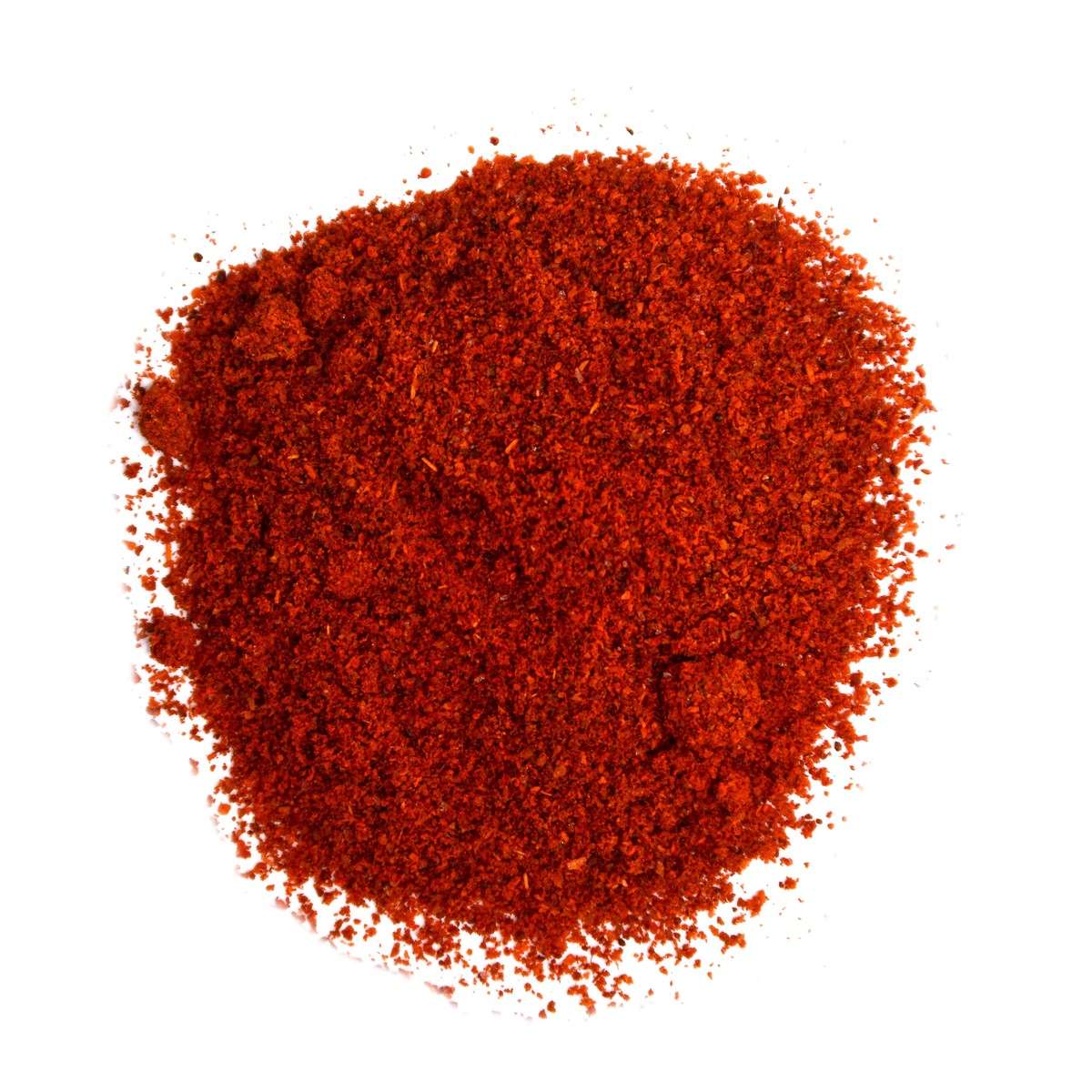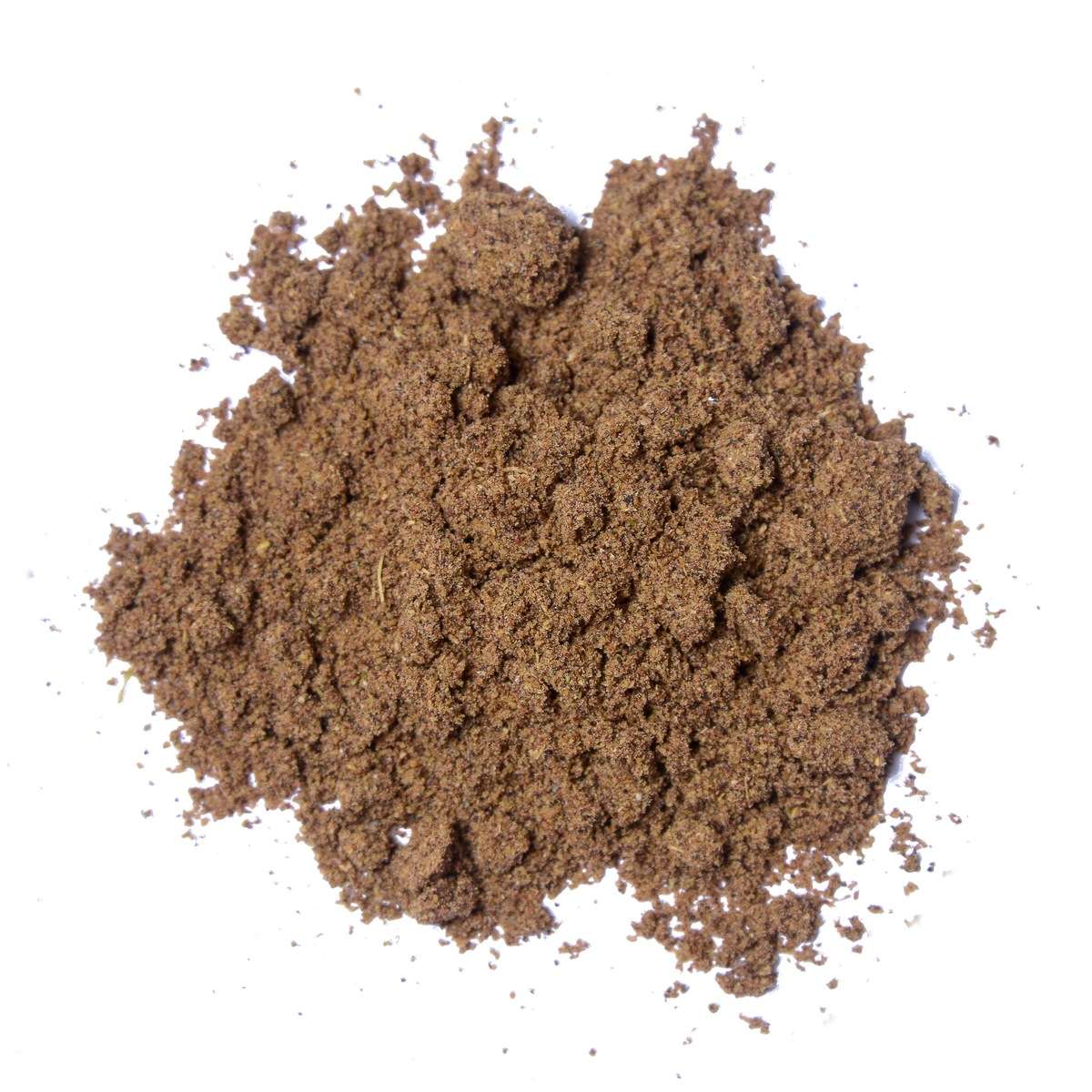Indian Spices
Spices and aromatics are the very heart of Indian cooking. They have been used since ancient times. They were mentioned in the ancient Hindu scriptures called the Vedas, ancient Egyptian papyruses and the Old Testament. Although it was not until the Roman conquests that western counties discovered their culinary possibilities, spices have always been believed to have healing and magical qualities. They have been used to cast spells, as incense in religious rites, to embalm corpses, to add aroma to perfumes and as aphrodisiacs. The word spice comes from Latin species, meaning a commodity of value and distinction. During their long and fascinating history, spices have often been more valuable than gold or precious stones, and the trade of spices has been an extraordinarily influential factor in history.
Many researchers have attempted to explain why hot spices are pleasant to taste. It seems the burning sensation is the pain of nerve endings on the tongue. This releases endorphins, the body’s natural painkillers, giving rise to pleasurable and even euphoric sensations.
Flowers, leaves, roots, bark, seeds and bulbs (the simplest of natural ingredients) are used in endless combinations to produce an infinite variety of flavors: sweet, sharp, hot, sour, spicy, aromatic, tart, mild, fragrant or pungent. Their tastes and aromas combine to create a kaleidoscope of exotic flavors to delight the plate. It is best to obtain spices in whole seed form and to grind them just prior to use.
Indian spices spices offer significant health benefits and contribute towards an individual’s healthy life. They add flavor and nutrients to dishes without fat or calories!
Asafoetida (Hing) – also known as devil’s dung. It is a resin taken from a plant from the parsley family. It is a distinctive and pungent spice. It is most commonly found in powdered form. When cooked, it has a truffle-like flavor and a roasted garlic aroma. It is used mainly for its digestive properties, especially in the cooking of beans and lentils, as it is reputed to have antiflatulence properties. Asafoetida is an important ingredient of the snack called cheewra – a mixture of grains, dried fruits, and spices. It can be added to flavor fish and vegetable dishes. A pinch of it can be fried in hot oil before the rest of the ingredients are cooked.
COOKING : This spice is used as a digestive aid, in food as a condiment, and in pickling. It typically works as a flavour enhancer and, used along with turmeric, is a standard component of Indian cuisine, particularly in lentil curries such as dal, as well as in numerous vegetable dishes. It is sometimes used to harmonize sweet, sour, salty, and spicy components in food. Asafoetida, onion, and garlic are forbidden in yogic texts, and places them alongside meat and alcohol in terms of producing tamas or lethargy. The spice is added to the food at the time of tempering. Sometimes dried and ground asafoetida (in very mild quantity) can be mixed with salt and eaten with raw salad.
In its pure form, its odour is so strong, the pungent smell will contaminate other spices stored nearby if it is not stored in an airtight container; many commercial preparations of asafoetida use the resin ground up and mixed with a larger volume of wheat flour. The mixture is sold in sealed plastic containers. However, its odour and flavour become much milder and much less pungent upon heating in oil or ghee. Sometimes, it is fried along with sautéed onion and garlic.
Asafoetida is considered a digestive in that it reduces flatulence.It is, however, one of the five pungent vegetables generally avoided by Buddhist vegetarians.
Cardamom (Elaichi) –Elettaria Cardamomum is the seed of a tropical fruit in the ginger family. Fruits and seeds leave pleasant aroma with sweet, pungent taste behind when chewed. Cardamom has a sweet, lemony, eucalyptus flavor. It is world’s second most expensive spice. It is available as a powder, dried pods, or loose seeds. Green cardamoms are the most common, but there are also black and cream varieties. It is one of India’s favorite spices, used in curries, savory and sweet dishes, ice cream and custards. It is often combined with almonds and saffron. It can be used to flavor tea and also is great with black coffee. It is used in Ayurvedic medicine to remove fat and as a cure for urinary and skin complaints. Egyptians chewed cardamoms to whiten their teeth and simultaneously sweeten their breath. The seeds are aromatic, sweet cooling, carminative (cures flatulence), digestive, stimulant and tonic. Cardamom finds usage in indigestion, anorexia, burning sensation, debility, asthma.
Cayenne pepper (Lal Mirch)- is a spice made from the seeds of plants in the capsicum family (ranging from sweet pepper to chili – in general, the smaller the fruit, the hotter it is). Cayenne peppers’ bright red color signals its high content of beta-carotene or pro-vitamin A. It includes both the ground seeds as well as the dried flesh. It should not be as hot as chili powder, but it is pretty hot and should therefore be used with care. Cayenne pepper is used to provide the heat for many spicy dishes.
Chilies (Mirchi) – it is the hottest flavor on earth. As a general rule, dark green chilies tend to be hooter than red chilies. Small, pointed chilies are usually hotter than larger, more rounded varieties. Whole chilies can be seeded to make them a little less hot. Chilies and chili powder should be used with extreme care. The hot vindaloo curries are made from the hottest chilies.
Chili powder – Red color, fine powder. It is very hot because it is made from the dried, ground seeds of the chili, its hottest part.
Cilantro (Hara Dhaniya) – this fresh herb is a fragrant mix of parsley and citrus. The leaves are rather like those of flat-leaved parsley, but darker. The leaves have a very distinctive bitter-sweet taste. Cilantro it is usually added toward the end of cooking to preserve the fresh aroma. Also it is frequently used as a garnish. The seed of the cilantro is known as coriander.
Cinnamon (Dalchni) – is the dried bark of various laurel trees in the cinnamomun family. It is a sweet-tasting spice, with a warm, woody aroma. The smell of Cinnamon is pleasant, stimulates the senses, yet calms the nerves. The thinnest bark is the best quality cinnamon. It is available as a powder but is much better bought in sticks. When ground, the flavor becomes stronger. Whole cinnamon is used for spacing hot drinks, ground – in cakes, sweet dishes, fruit pies (especially apples). It can also be used in more piquant dishes, such as curries, and combines perfectly with chicken.
Cloves (Luong) – small, dried, reddish-brown flower bud of the tropical evergreen tree of the myrtle family. They have strong, sweet aroma and hot, pungent taste, Cloves are best bought whole and ground, if necessary. They have been used in India for thousands of years, not only in cooking, but to sweeten the breath and to relieve the pain of toothache. They contain a mild anesthetic. Whole cloves are frequently used to flavor meat dishes, curries, and soups.
Cokum has the same souring qualities as tamarind, especially enhancing coconut-based curries or vegetable dishes like potatoes, okra or lentils. Kokum is especially used with fish curries, three or four skins being enough to season an average dish. It is also included in chutneys and pickles.
Coriander seeds (Dhaniya) – is a member of a parsley family. The seeds are oval in shape, ridged, and turn from bright green to beige when ripen. This spice tastes sweet and tangy, with a slightly citrus flavor. The English name for this spice comes from the Greek koros, meaning “bug”. Coriander is usually sold in powdered form, although the whole seeds are also available. Fresh green coriander – because they are aid digestion, they are particularly effective with carbohydrates like pastries and bread. Coriander is also used in fish and savory dishes as a healthy alternative to salt, and it is basic ingredient of curry powder.
Cumin (Jeera) – comes from the parsley family. The seeds are oval with ridges, greenish-beige in color, warm, nutty aroma and a taste that is bitter, but not hot. They can be ground to a powder. Cumin is usually dry-fried before use (drop the whole seeds into a hot dry pan and cook until the roasted fragrance emerges). It is used to flavor rice, stuffed vegetables, many savory dishes and curries. It combines well with cilantro and is widely used in beef dishes.
Curry leaves (Kari putha or Neem) – are small grey-greenish leaves (a bit like bay), relative of the orange. They can be used fresh or dried. Their aroma is released by its heat and moisture. They are sometimes fried in the oil the food is cooked in, and then discarded. They are mainly used as an aromatic and flavoring for most curries and soups. When starting a curry or soup dish, put the curry leaves into the oil to fry until crisp.
Fennel (Soonf) – is a greenish-brown, small oval seed from Pimpinella Anisum, a plant in the parsley family. It has a sweet and aniseed flavor. Used sparingly, it gives warmth and sweetness to curries. The seeds combine well with peanuts and the zest of citrus fruit. Roasted fennel seeds are chewed to freshen the breath after the meal. They have digestive properties.
Fenugreek (Kasuri Methi) – is short, upright plant (related to spinach) with oval leaves. The entire plant has a strong, sweet aroma. The mature leaves have the bitter taste. Ground fenugreek (seeds) has a warm, yellowish-brown color with a strong curry-like taste. In powdered form, fenugreek is one of the main ingredients of curry powders. Fenugreek is used to add flavor to meat dishes. It is also considered as an aphrodisiac.
Garam Masala – meaning “hot spices” – is a mixture of ground spices (recipes vary) (cloves, cardamom, cumin, peppercorns and cinnamon, bay leaves). It is far better to grind your own spices than to buy the mixture ready-ground. The blend of spices in the garam masala varies according to the dish to which it’s added so a spice blend for a fish dish is different to the spice mix for lamb. Depending on the ingredients of your dish, you can enhance the garam masala by adding other spices like ginger and turmeric (which would suit chicken or fish). Cloves and fennel seeds might be added to a mix for dark meats like lamb or beef.
Garlic (Lassan) – closely related to the onion. It has a powerful pungent or hot flavor when raw, which mellows when it is cooked. It has very strong odor. Bulbs, whose segments are usually called “cloves” are the part of the plant most commonly eaten. Garlic is used as a condiment and as flavoring in gravies, sauces, soups, stews, pickles, salads, salad dressing and breads. Garlic pickles and freshly ground garlic chutneys are popular side dishes for rice, snacks and chappathis. Garlic powder is made from ground dehydrated cloves and is used widely as a substitute for fresh garlic. Garlic helps to purify the blood and lower blood pressure. It is considered as a cure for heart ailments.
Ginger (Adrak)- the fresh root gingeris a knobly rhizome with a sweet aroma and hot, pungent taste. Inside, the ginger is hard and woody, yellow and fibrous. It is easiest to cook with, once peeled and grated. The length of the root indicates maturity, and the longer it is, the hotter and more fibrous it will be. Ginger makes a tasty paste, especially if mixed with garlic. Ginger can be used in sweet dishes, desserts, or in piquant dishes such as hot curries and stir fries. The ground (soondth) type is the same as that used in baking. Ginger is also commonly regarded as an aphrodisiac.
Mustard seeds (Rai) – in Indian cooking brown mustard seeds are more commonly used but black seeds contain a higher proportion of the volatile mustard oil and strongest flavor. The larger yellow variety, known as white mustard are much les pungent. Powdered mustard has no aroma when dry, but a hot flavor is released when it is mixed with water. The seeds can be put whole into very hot oil and popped. Raw food can be cooked in this flavored oil or it can be poured over some dishes just before serving. Mustard helps emulsify liquids use in salad dressing recipes to help blend oil and vinegar and add a spicy zip. Mustards seeds are a popular addition to dishes such as vegetable, beans, pastries and pickles.
Oreango (Ajwain) – it has a strong, pungent odor and flavor similar to pepper and anise. They contain thymol oil, which gives a taste reminiscent of thyme. it is used in lentil dishes, vegetable parathas, pakoras and meat dishes.
Turmeric (Haldi) – comes from the root of Curcuma longa, a leafy plant related to ginger. It has a bright yellow color and a pungent, warm, earthy aroma and taste. Although it becomes bitter if too much used. It is mildly antiseptic. Turmeric is an essential spice in Indian food, giving a rich, appetizing color. It is used in curries, fish dishes and with beans because of its digestive properties. Research show that turmeric inhibits blood clotting, reduces liver toxins, and helps the liver metabolize fats and so aids weight loss.



